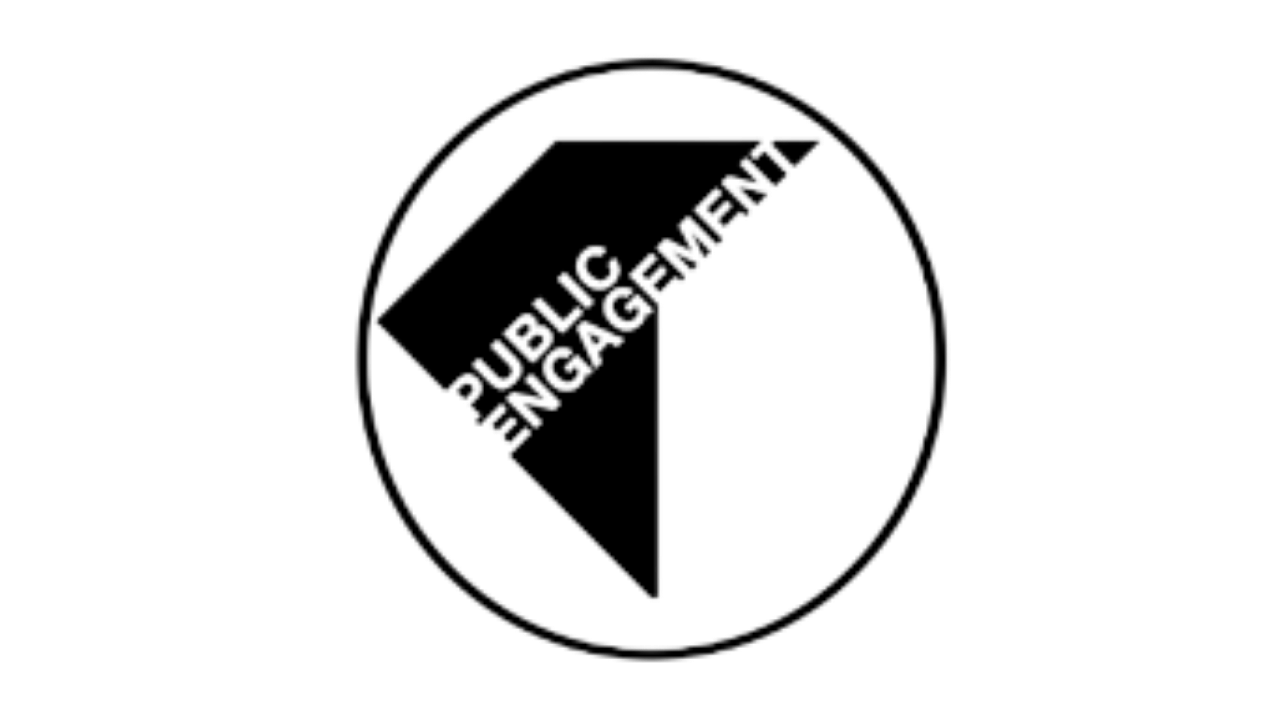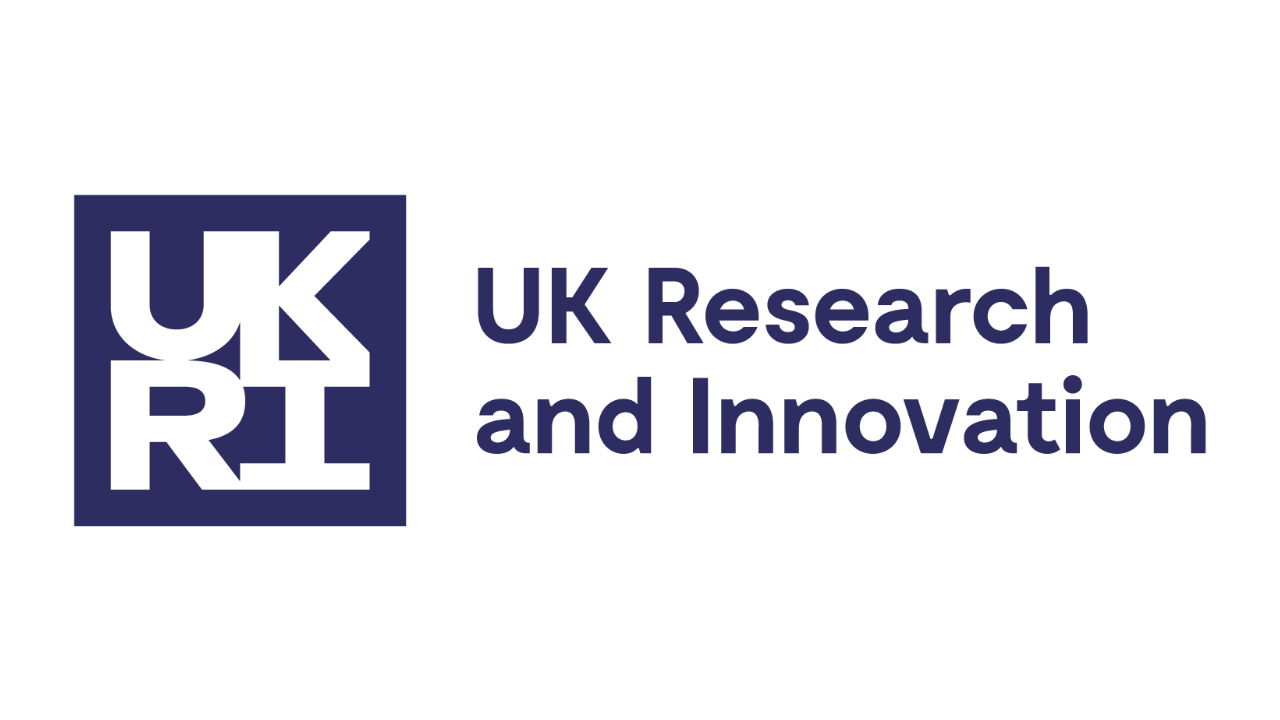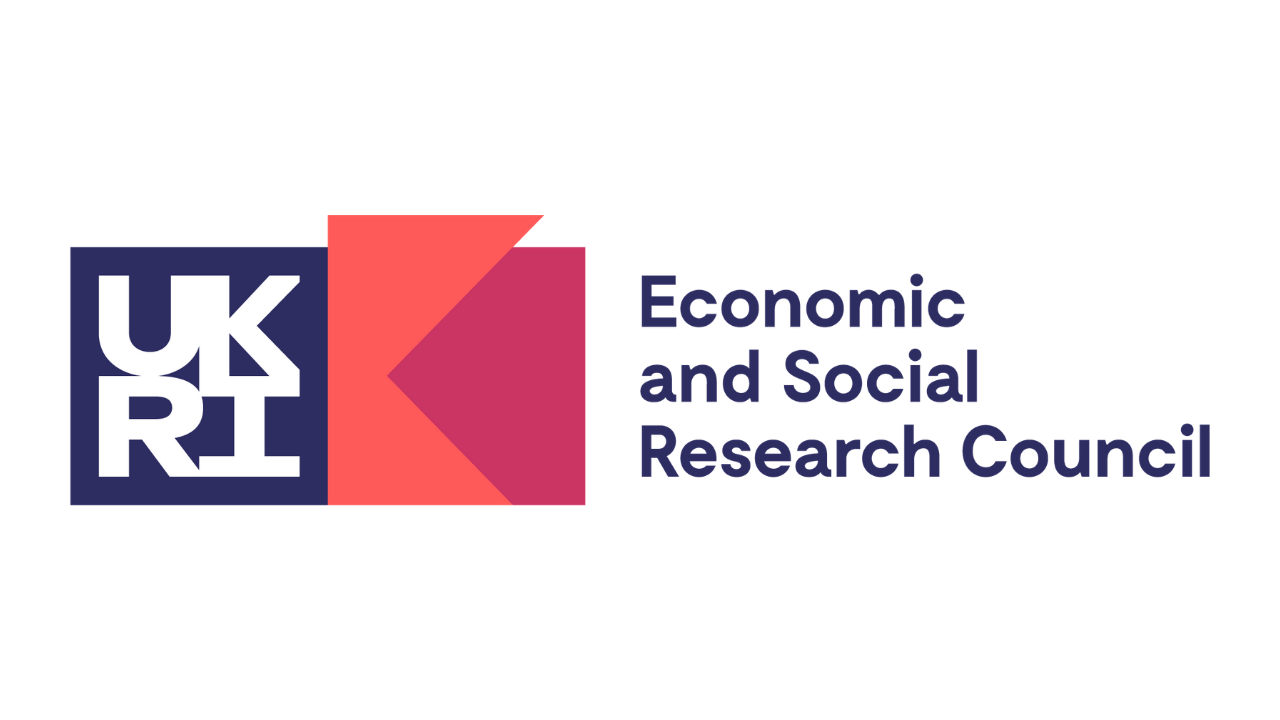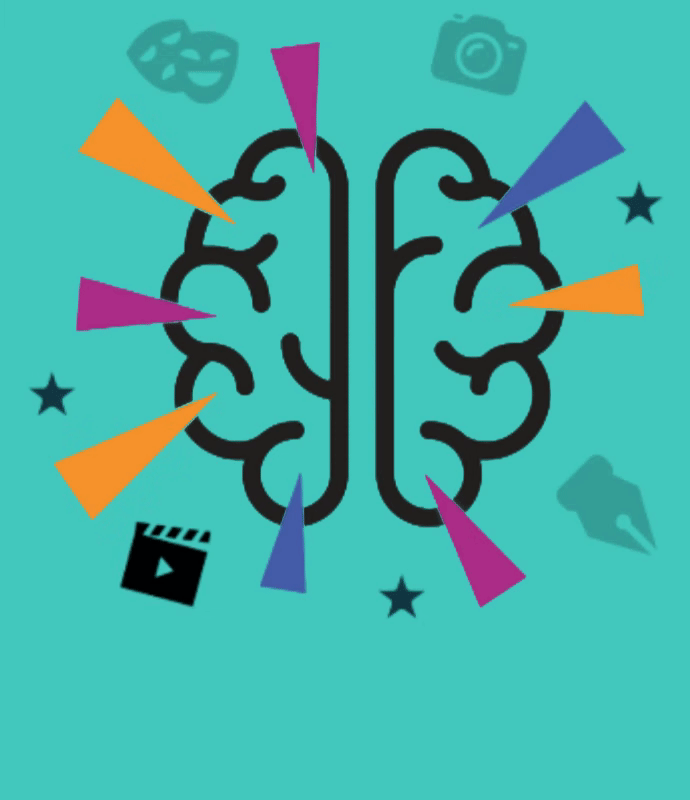
Cambridge
Creative
Encounters
SHORTS
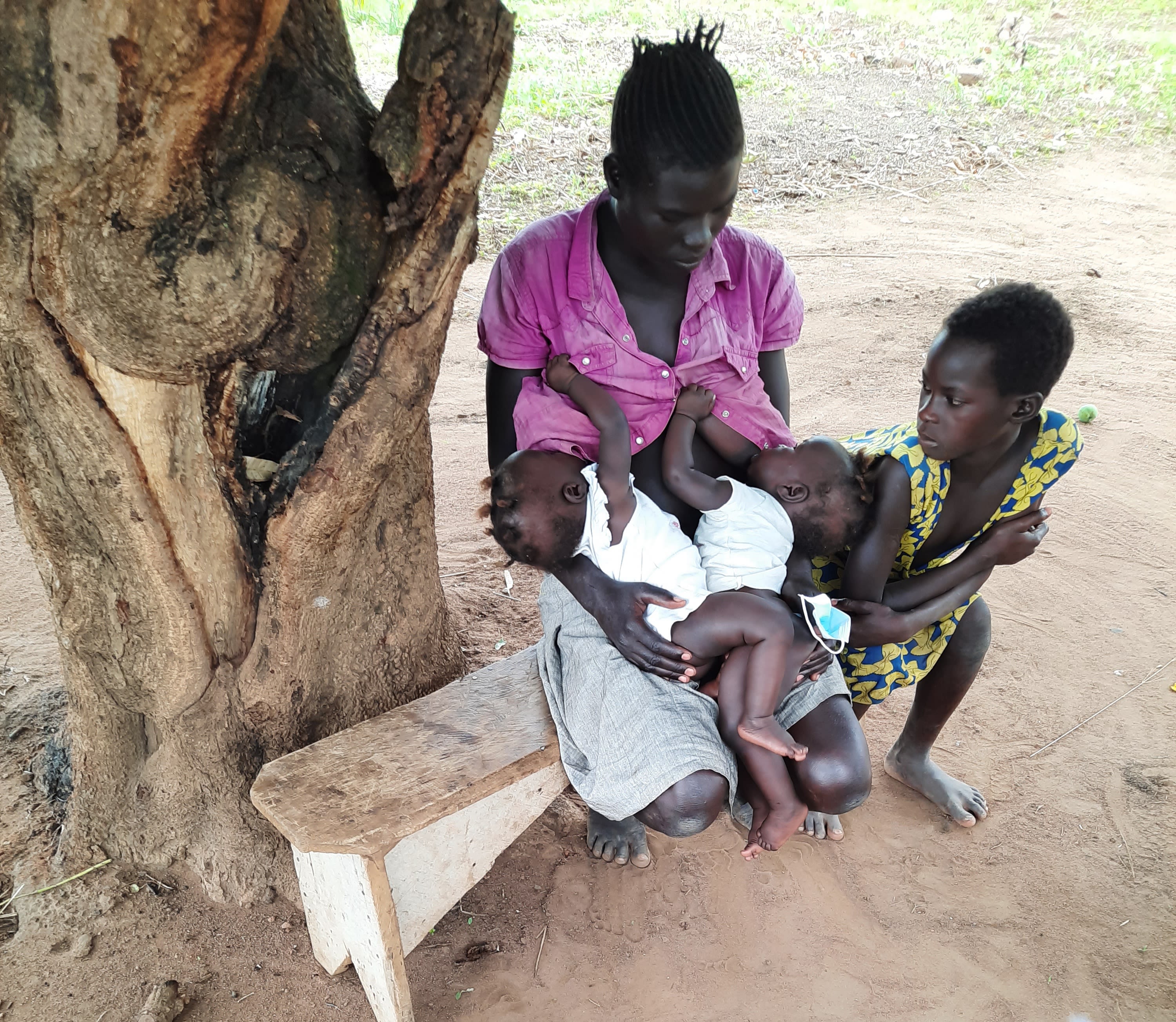
Cambridge SHORTS is the continuation of a project launched in 2016 to support researchers and filmmakers to work together to make professional quality short films that reach out to new audiences and to tell the story of research.

"[CCE] forced me to put aside some time to think about how to justify what we’re doing"
2016/2020, researcher

In 2021 as part of Cambridge SHORTS three additional short animations were commissioned on environment and climate change research taking place within the social sciences. The films explored some of these key issues affecting our world today, such as e-waste, the smartphone industry’s environmental commitments and developing new material in sustainable and economical ways. These animations were showcased during the Festival of Social Sciences 2021.
THE PROJECTS


Louisiana Creole: An endangered language
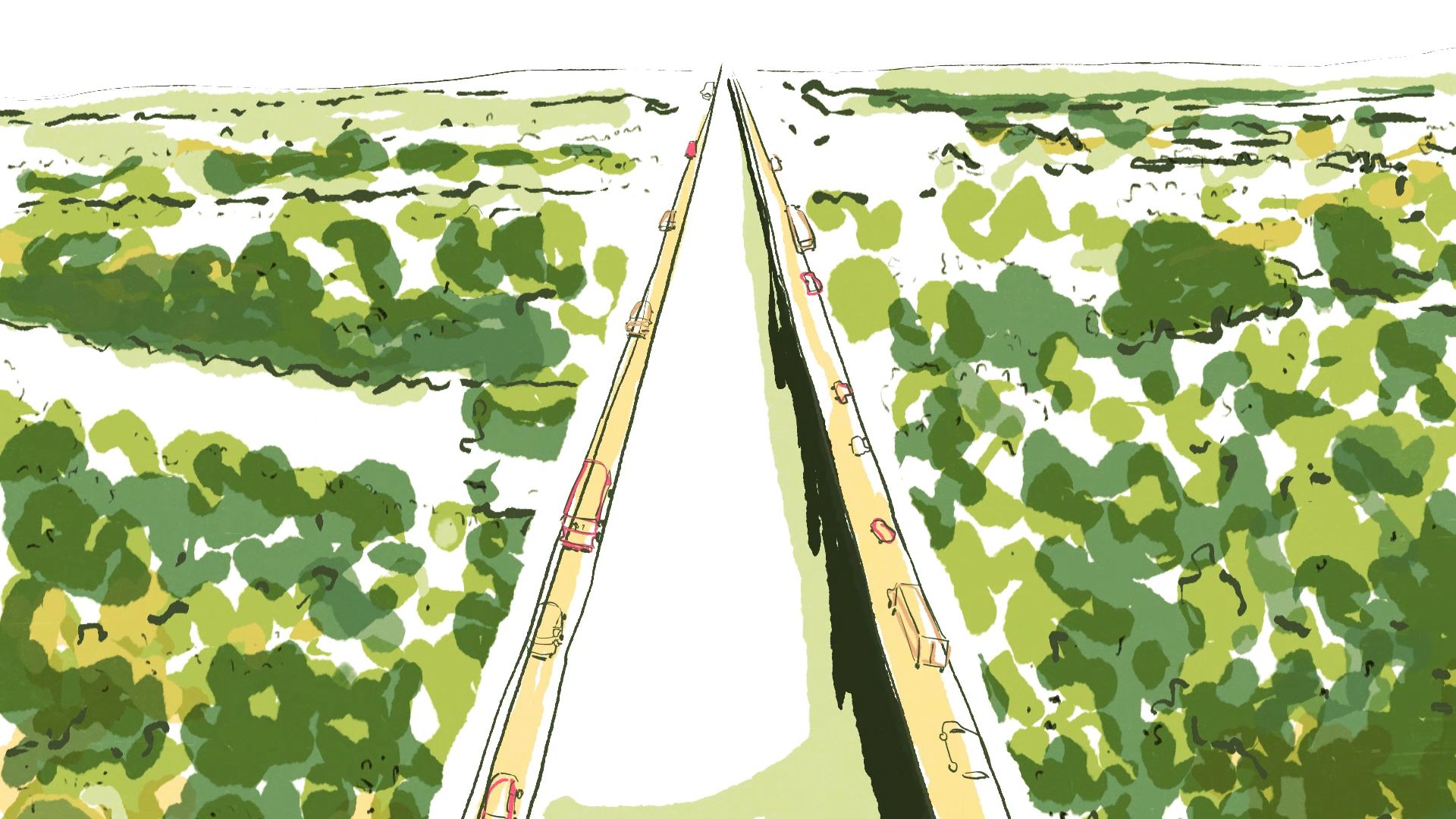
Researcher:
Oliver Mayeux
Creative:
Gabriella Marsh
Oliver Mayeux investigates the genesis, endangerment and revival of languages. Over 7,000 languages are spoken today, but half may fall silent by 2100. Where did this diversity come from? What happens as it is lost? Investigating these questions is not easy: the origins of most languages are obscured by time; new languages are rare. One endangered language, Louisiana Creole, is a special case. Its speakers are dwindling: perhaps only 5,000 remain. Yet it came into existence just 300 years ago, amongst people enslaved on the plantations of Colonial Louisiana. Moreover, today, a new generation is fighting for the survival of their language. Louisiana Creole thus offers a rare chance to examine a language’s life cycle—birth, life, death, rebirth—which will deepen our understanding of the origins and evolution of humankind’s unique capacity for language.
Semi-artificial photosynthesis: Bring two worlds together!
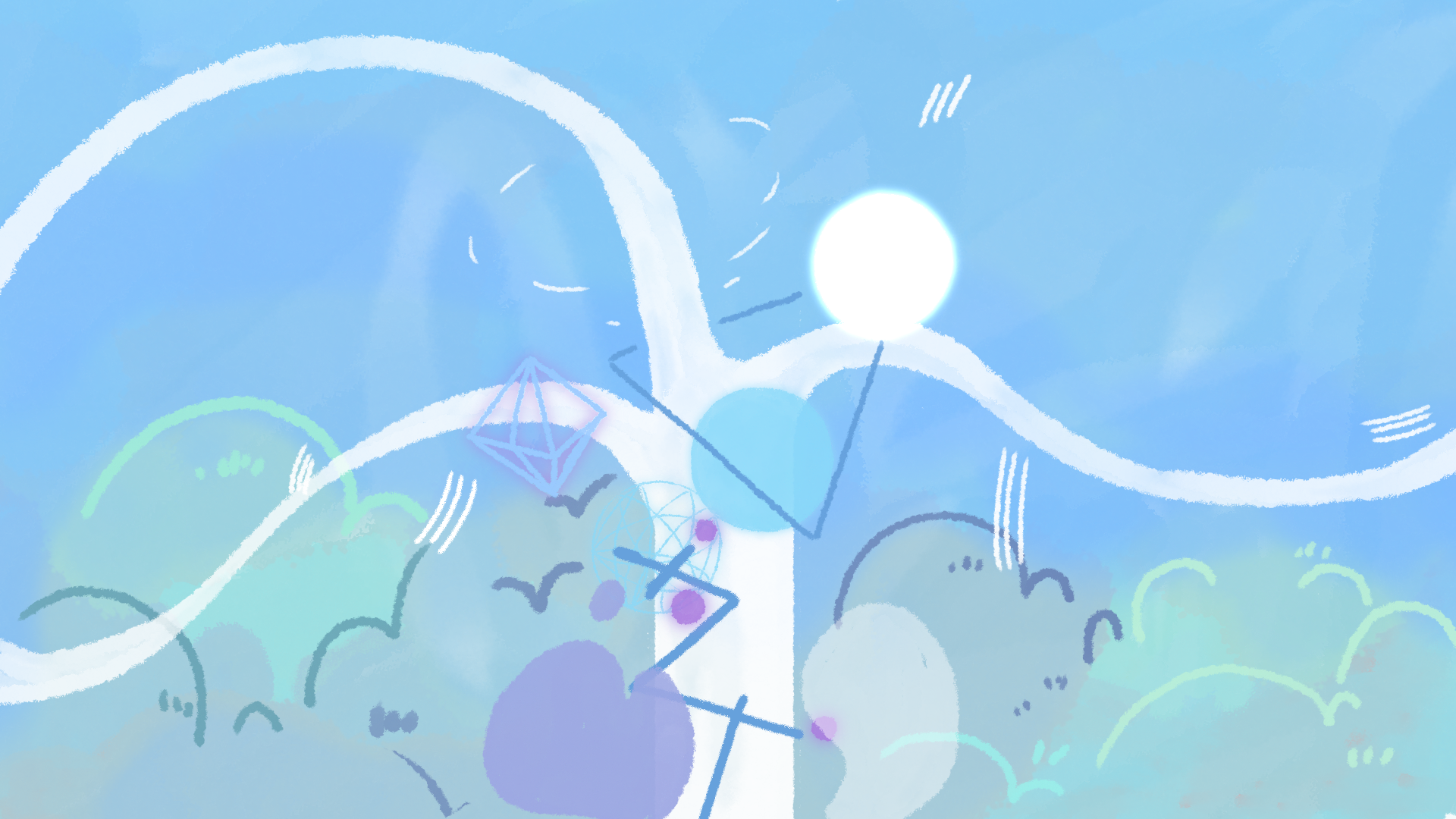
Researchers:
Rachel Egan
Mairi Eyres
Linying Shang
Creative:
Shuna Luo
How can we re-wire photosynthesis? Photosynthesis is the natural process used by cyanobacteria, algae and plants to convert energy from the sun into carbohydrates (fuel). The solar-fuel conversion efficiency of this process is low because the organisms use the energy elsewhere. However, we can re-wire the photosynthetic pathway artificially to develop a system that benefits from the self-repair and reproductive capacity of a living organism as well as the efficiency conferred by synthetic tools. In our lab, we use an interdisciplinary approach including techniques such as microscopy, electrochemistry and 3D printing to better understand and manipulate photosynthesis for the development of sustainable solar-powered technologies.
Unlocking new ways to fight malaria
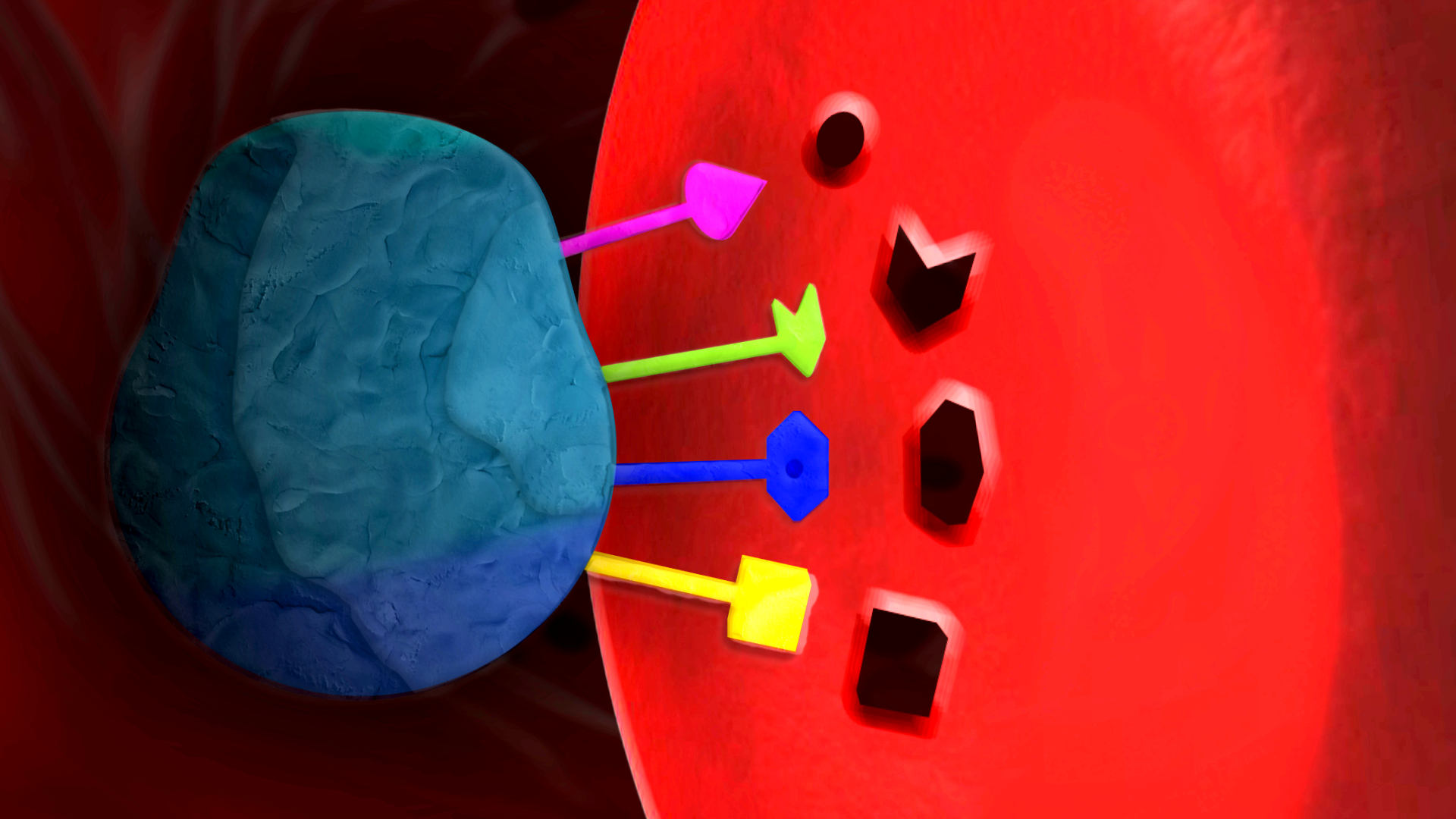
Researcher:
Eleanor Silvester
Carla Briggs
Creative:
Frankie Roberts
There are millions of cases of malaria every year resulting in hundreds of thousands of deaths. A person is infected by a mosquito bite and the malaria parasite invades their red blood cells. We research how parasites enter red blood cells. The parasite forces its way into the cell using specialised proteins on its surface. We are editing the genome of the parasite to delete some of these proteins. Identifying the proteins that when deleted have the biggest impact on parasite survival could aid vaccine design. If we can block parasite entry into red blood cells we can prevent disease.
Gravitational waves: A path to the Big Bang
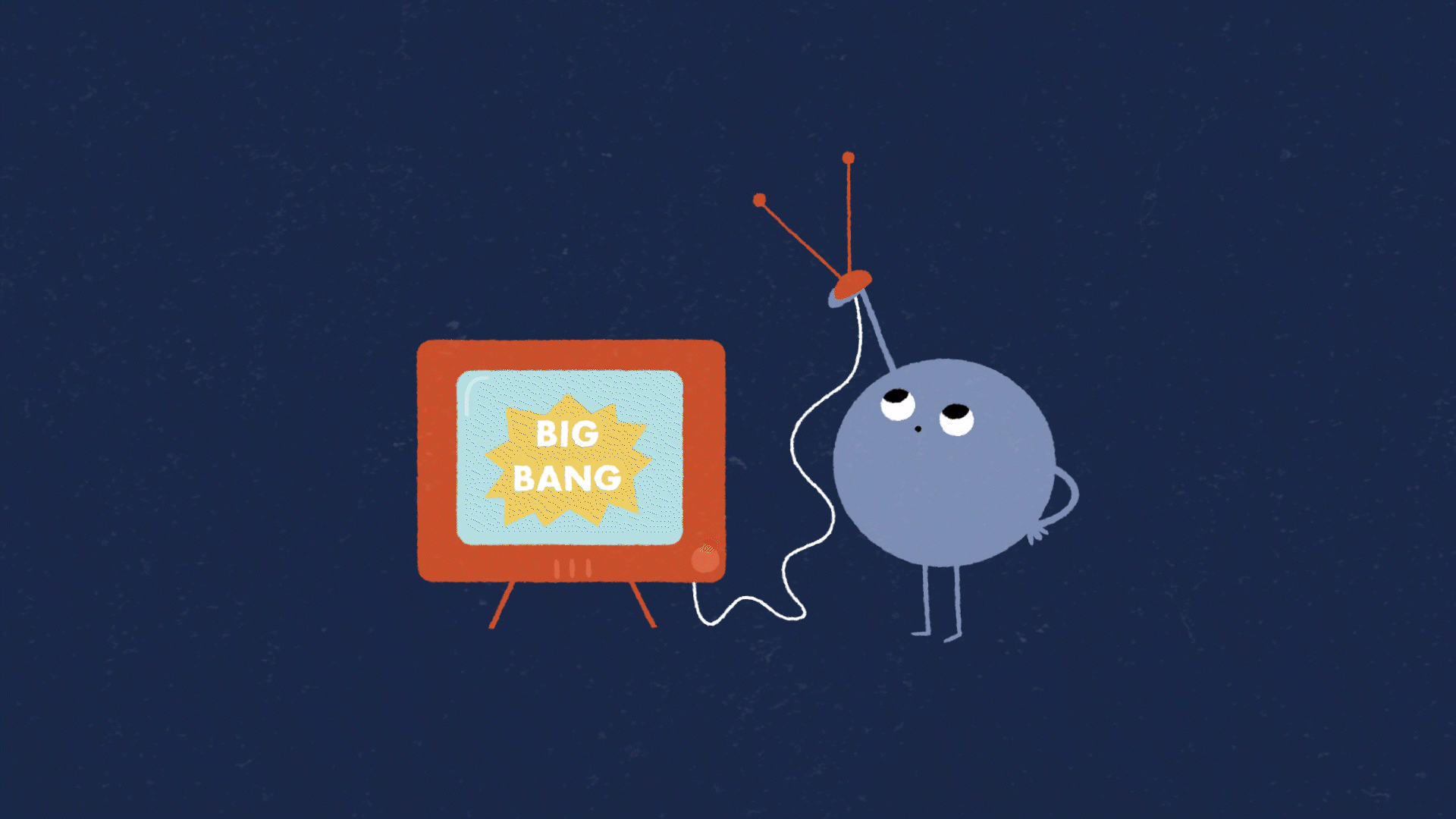
Researchers:
Francesco Muia
Creative:
Morgane Billault
The recent direct detections of gravitational waves opened a new window of observation onto the Universe, allowing us to explore phenomena that were previously unaccessible. Contrary to light, gravitational waves provide a unique tool to investigate the very early Universe and could deliver crucial information about what happened right after the beginning of time. There are many possible cataclysmic phenomena that produce gravitational waves in the early Universe with frequency beyond the reach of current detectors. For this reason, we have recently launched a new initiative to promote the development of new experiments that would allow us to learn what happened at the very beginning of the Universe. Watch this short to learn more about our work!
The story behind the findings: fieldwork in post-conflict northern Uganda

Researcher:
Sarika Mira Dewan
Creative:
Ryan Powell
Sarika Dewan is a PhD candidate at the Institute of Criminology and travels to post-conflict northern Uganda to investigate the association between maternal exposure to violence and early child development. Together with a team of local data enumerators and a translator, they cover miles of tricky dirt roads on the back of motorbikes to reach villages that were severely impacted by the war. Over 450 mothers and infants were surveyed in 44 villages. This short film presents a sensory and expressionistic depiction of the field work conducted and reflects on some of the ethical and practical challenges that were faced while collecting sensitive data in rural areas.
War in the Bible, Jewish Tradition, and Beyond
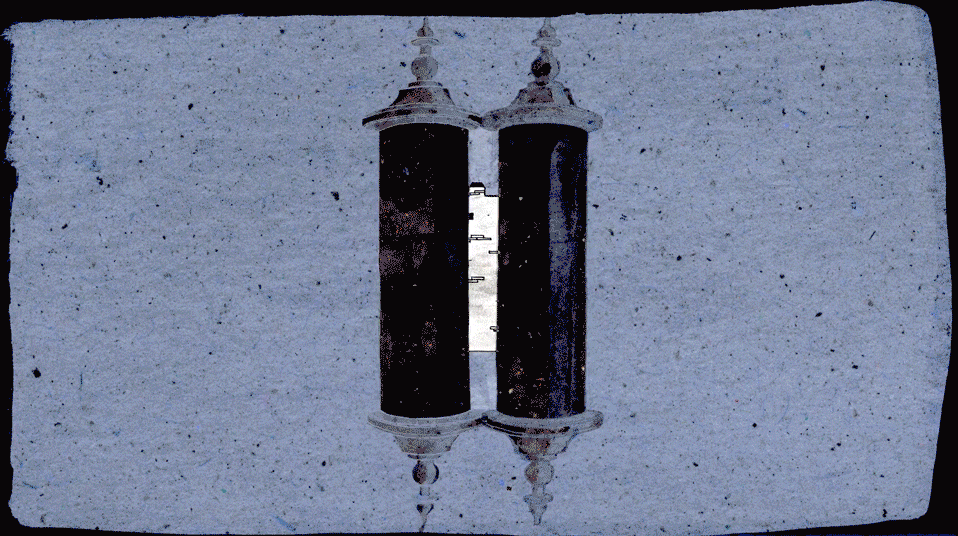
Researchers:
Daniel H. Weiss
Julia Snyder
Creative:
Riitta Hakkarainen
This video explores how stories in the Bible about the ancient Israelites' conquest of the Land of Canaan are interpreted in traditional Jewish texts from the third to sixth centuries CE. These later Jewish texts say that the ancient Israelites were justified in waging war, but only because they had received messages directly from God commanding them to do so. The interpreters held that they themselves did not have access to that kind of direct divine communication, and so lacked justification for engaging in warfare. What would it look like if societies today made going to war dependent on that type of restrictions?
The research behind the video challenges common assumptions that many people today have about the role that violent-sounding scriptural texts play in communities that consider these texts to be sacred scripture. The example of classical rabbinic Judaism demonstrates how engagement with violent-sounding scriptural texts in religious communities can in fact lead to less violence rather than more.

Cambridge Creative Encounters SHORTS
at Festival of Social Sciences (Nov 2021)
In November 2021 three projects were commissioned as part of Creative SHORTS to take part in the Festival of Social Sciences. The annual celebration of research and knowledge explored challenging topics relating to social sciences, focusing on climate change, environment and the socio-economic impact of technology; how we can use new technologies in sustainable and economical ways, reducing the illegal disposal of electronic and hazardous waste.
Cost of convenience:
The secret life of your smartphone

Researcher:
Amelia Jabry
John Naughton
Ramit Debnath
Jack Lynch
Duanyang Geng
Hunter Vaughan
Creative:
Stuart Holmes
The secret life of your smartphone - its emissions before reaching your hand. Within this short animation we are bringing together several perspectives on product development and technological waste. People are passionate about their phones, but this also makes them vulnerable to upgrade pressures and planned obsolescence. This, therefore, is an emotional as well as a technological and environmental issue as it concerns perhaps the most important piece of technology a person owns. The current conversation in the media is on how technology changes, but not on the emissions and impact it has made before reaching the consumer. This video explores the 'embodied' emissions of the smartphone and how we can focus on upgrading the smartphone industry’s environmental commitments rather than our phones.
From a problem to a resource: waste and the reverse supply chain explained
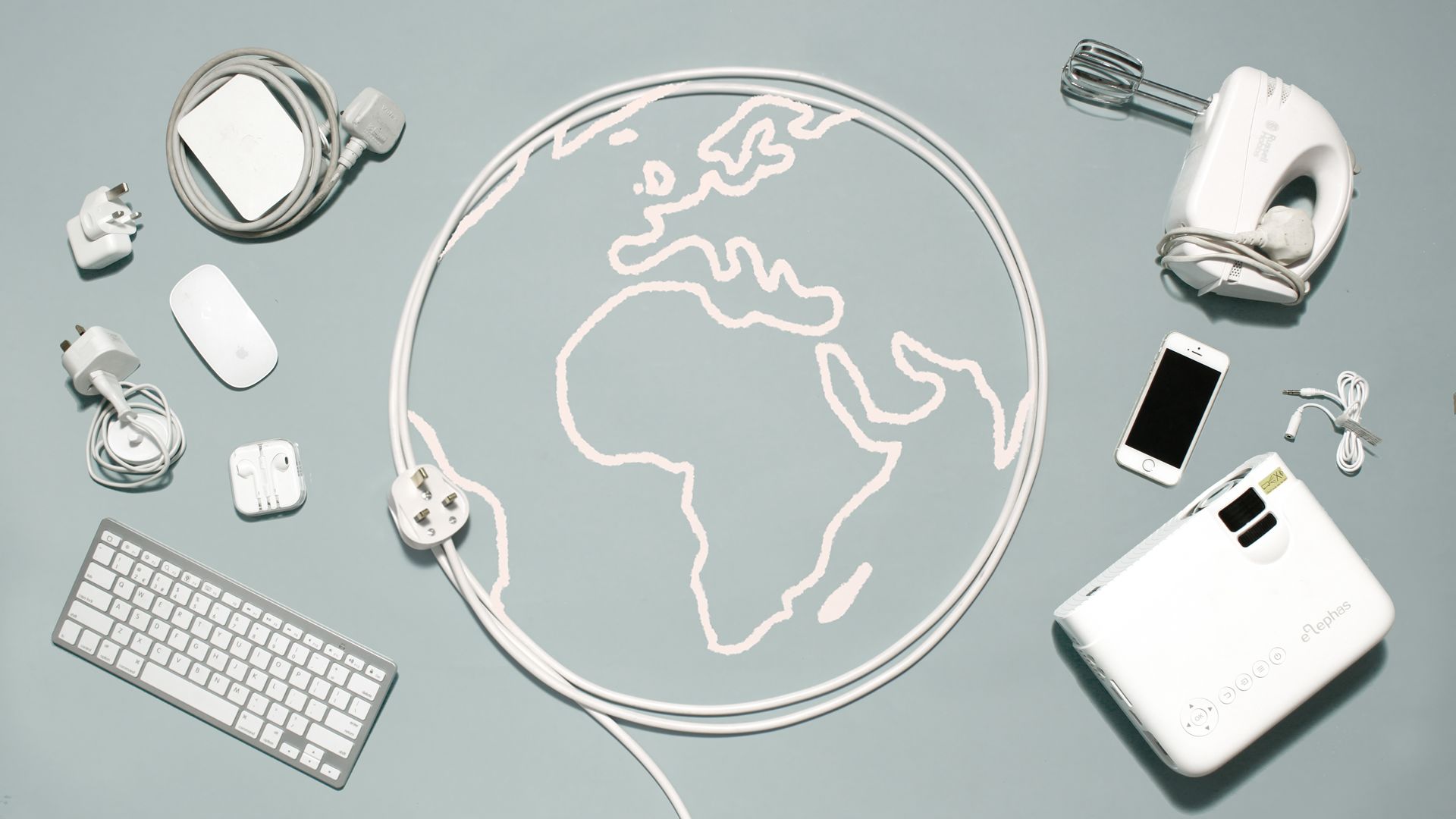
Researchers:
Sytske Wijnsma
Creative:
Christine Hopper
Most of us have returned a phone or a laptop by now for recycling, but have you ever wondered whether recycling actually happens? Regulators are continuously implementing and enforcing laws to keep harmful waste, including electronic waste (e-waste), in the formal recycling process. Yet, violations remain rampant. It is estimated that for e-waste alone around 70% is exported, predominantly from the EU and U.S., to developing countries for cheap disposal. This short film explains the system your electronics end up in, known as the reverse supply chain, and why proper recycling is not always the outcome.
Small solutions for big problems
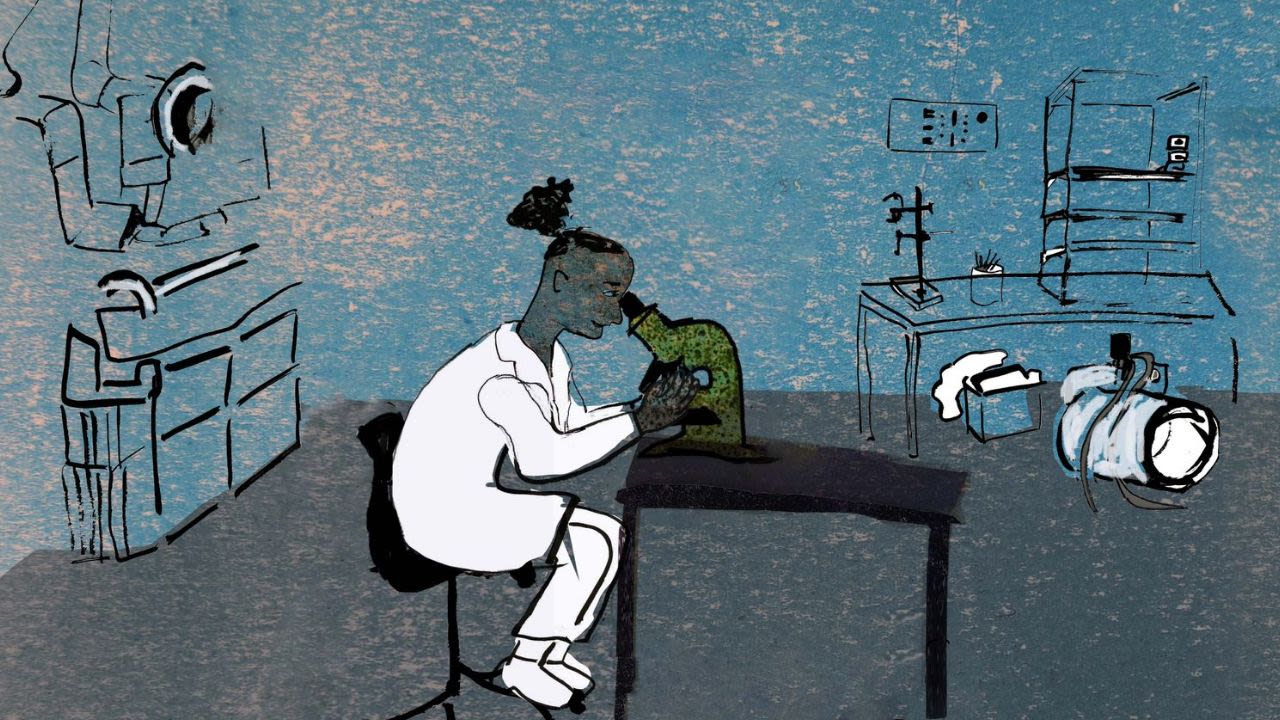
Researcher:
Nicholas Jose
Creative:
Suzie Hanna
Jude Cowan Montague
A nanomaterial is a piece of matter that has been engineered at a nanometer level - about 100,000 smaller than the width of a human hair. By engineering materials at this level, we can achieve incredible properties - strength, chemical activity, and durability. A good recent example of this is the covid-19 vaccine produced by Pfizer and Moderna, which contain nanomaterials. The project focuses on developing new methods to accelerate the scale-up of nanomaterials in sustainable and economical ways, so that humanity can benefit from their enhanced properties. This project encompasses many different aspects, including the design of new reactors, the incorporation of machine learning and a complete mindset change for researchers.
Over the last five years, Cambridge researcher Nicholas refined techniques for making a range of new materials for applications ranging from medicine to chemical manufacturing. His most recent effort created a process for low cost production of safe antimicrobial materials, which may have some commercial use due to the high demand for hygienic environments.

EXPLORE MORE



YOUR FEEDBACK

FUNDED BY

